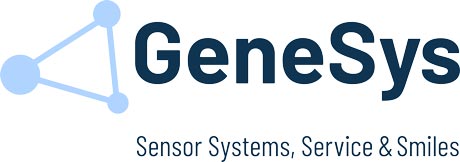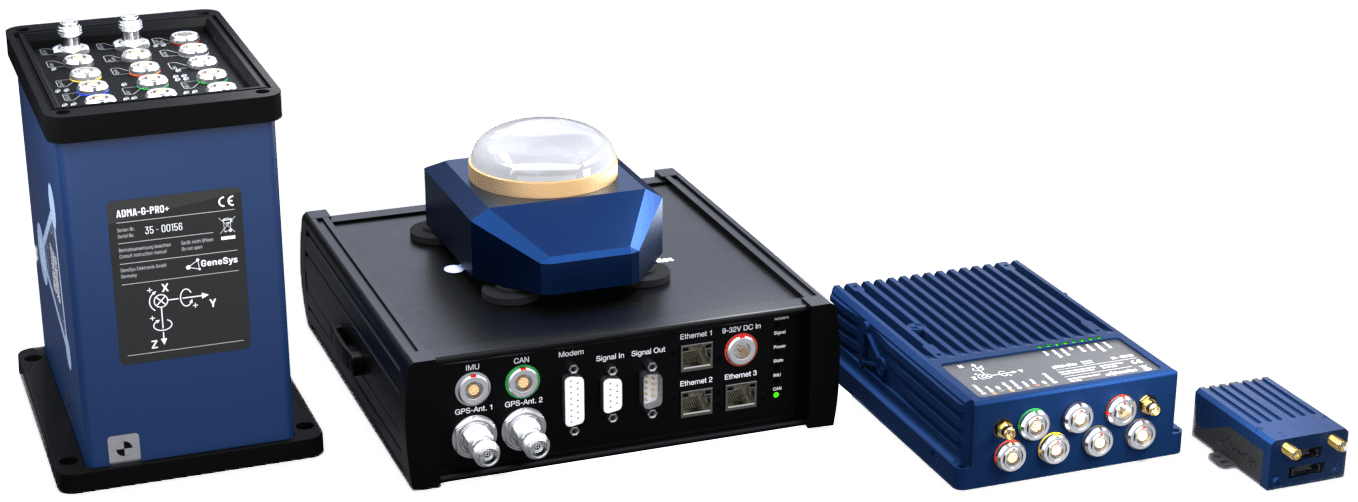Introduction
The GNSS raw data output via Ethernet is an additional functionality (Add-In) of the ADMA. GNSS raw data primarily consist of the detailed measurements collected directly from GNSS (Global Navigation Satellite System) receivers before any processing or corrections are applied.
The GNSS raw data contain the following information:
| Pseudorange | This is the approximate distance between a GNSS satellite and the receiver. It’s called a pseudorange because it includes errors and biases, such as those from satellite clocks, receiver clocks, atmospheric delays, and signal multipath effects. |
| Carrier Phase | This is the phase of the signal’s carrier wave. Carrier phase measurements are much more precise than pseudoranges but are ambiguous by an unknown integer number of wavelengths. This ambiguity needs to be resolved for accurate positioning. |
| Doppler Shift | This measures the change in frequency of the GNSS signal as it reaches the receiver, caused by the relative motion between the satellite and the receiver. Doppler shift helps in estimating receiver velocities and can also assist in error correction for the pseudorange. |
| GNSS Satellite Positions | Information about the exact position of the satellites at the time of signal transmission, typically provided in the form of broadcast ephemeris data. |
| Signal-to-Noise Ratio (SNR) | This metric indicates the quality of the satellite signal received. Higher SNR values suggest better signal quality, which can lead to more accurate readings. |
| Time of Week (TOW) | The exact time at which the signals were received, usually referenced to the beginning of the GNSS system week. |
| Satellite Health and Status information | Data on the operational status of satellites, which can affect their usability for precise applications. |
Note: For being authorized using GNSS Raw data via Ethernet a license is required.
GNSS Raw Data with the ADMA
The GNSS Raw Data via Ethernet functionality of the ADMA allows to transmit the raw data via Ethernet for post processing (GeneSys ADMA PP). The data can be received via GeneSys UDP Logger Software.
The Raw data can be used in the ADMA PP to carry out DGNSS corrections after the event.
Among other things, it is reasonable if
- no hardware is available for receiving DGNSS correction data during the measurement.
- DGNSS correction data reception was not adequate during the measurement trip.
- position improvement is only required at a later point of time.
For more details, please look up the articles Ethernet Logger Introduction and What is ADMA PP?.
The following diagram shows an example wiring of the ADMA.

Setup and configuration
The following diagram shows an example configuration of the DGNSS Raw Data logging via Ethernet.




